How UK’s strategic capabilities compare to the 1980s as defence review rolled out
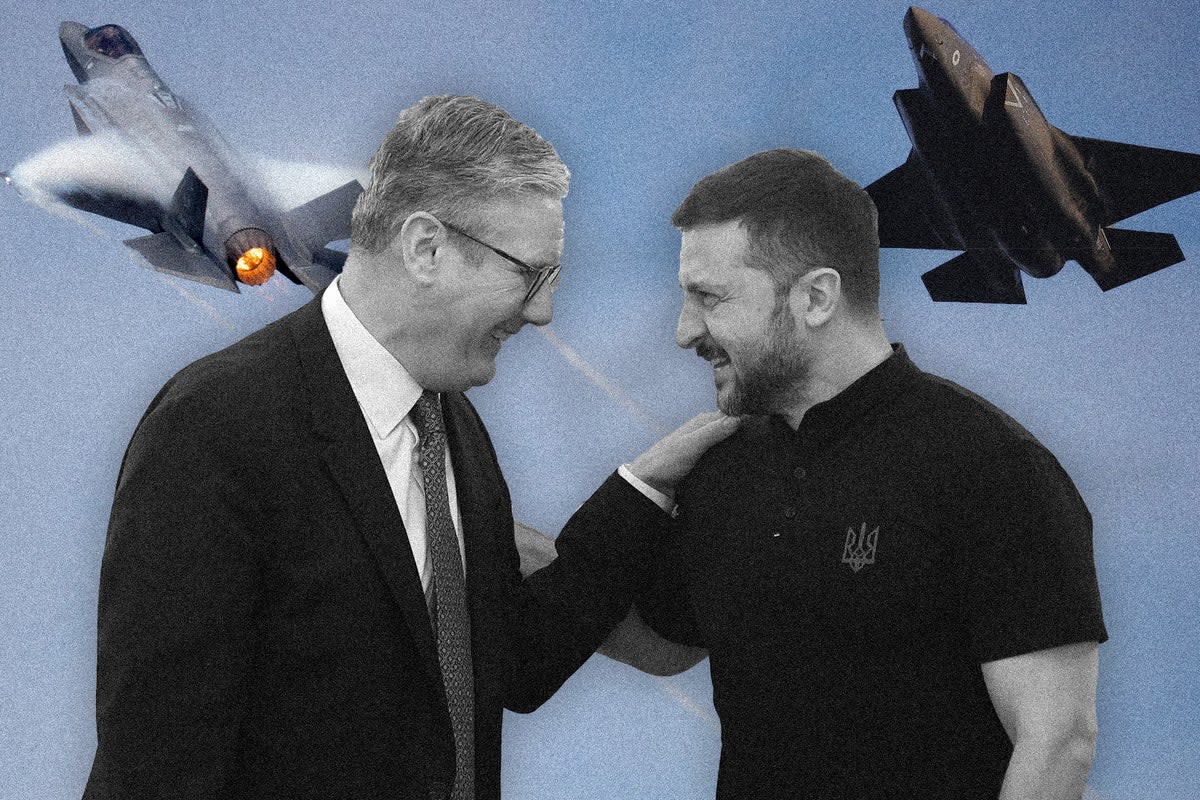
Prime minister Keir Starmer’s review of Britain’s defences comes as the West faces a “dangerous quartet” of Russia, China, North Korea and Iran, according to Nato chief Lord Robertson.
Russia remains the key threat, as it is continuing to wage war in Ukraine, including a deadly missile strike on a children’s hospital in Kyiv last week. Relations with Russia are at their worst since the Cold War period, and military experts believe that European countries need to be prepared for conflict.
But how do Britain’s armed forces compare now to 40 years ago, in 1984, when the UK was engaged in a stand-off with Russia?
In terms of personnel and vessels, the UK’s capacity is substantially lower than in 1984, primarily because the UK is in peacetime.
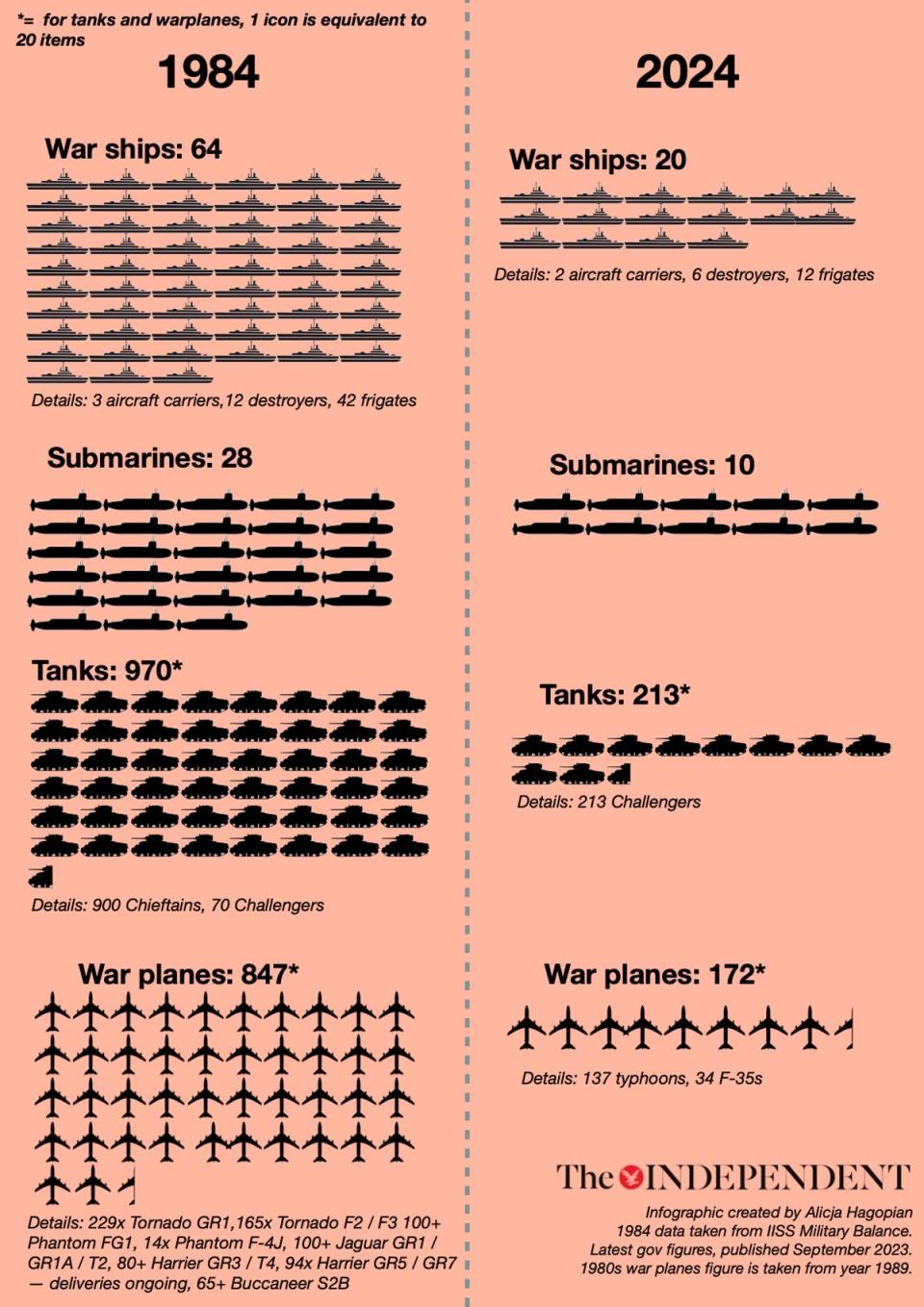
Technology has evolved significantly since the 1980s, in particular when it comes to air defence and tanks. This means that some equipment will be fewer in number but of a much higher quality.
While jet fighters of the 1980s were technologically advanced for their time, the newest aircraft are more akin to flying supercomputers. Submarines are designed to evade ever more complicated detection equipment and warships have to tackle missiles which travel several times the speed of sound.
Yet the numbers can matter when engaged in direct combat, experts explain, since losses are all but certain.
Some equipment is not in service, is on loan, or is due for repairs, says defence acquisition expert Stuart Young, a former engineer officer in the Royal Navy and visiting fellow at Cranfield University.
“The Challenger main battle tank is currently in service, and that’s being upgraded.
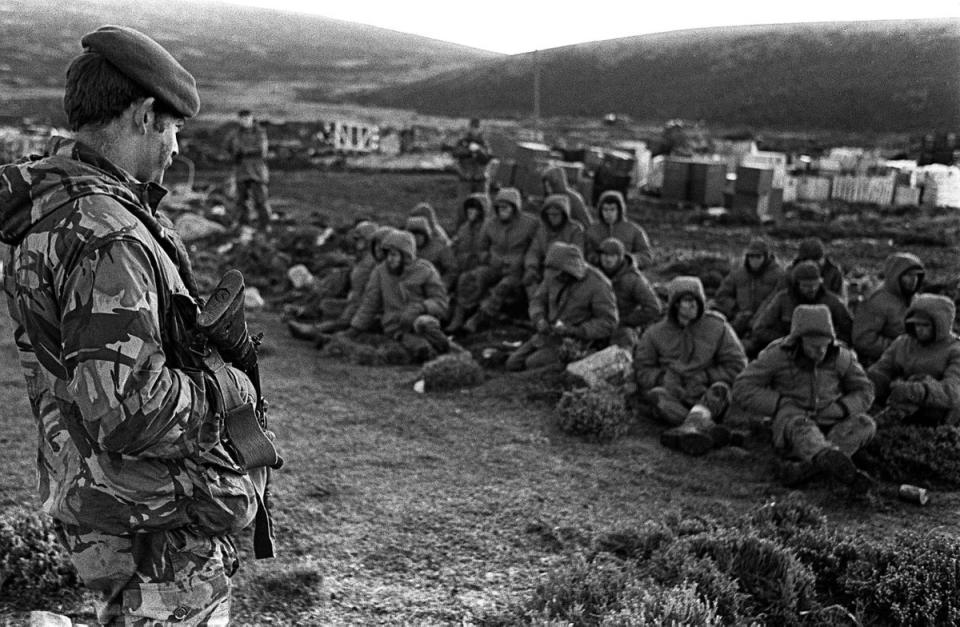
“But the challenge is, as those go in to be upgraded, the number of main battle tanks is going to go down until they come back out of that upgrade cycle.”
Many of these supplies have not been updated in decades, meaning in some cases the UK is still relying on the same equipment built in the Cold War.
In fact, the majority of the army’s armoured fighting vehicles are from before the 1990s, and some come from as far back as the Sixties, according to a defence committee report in 2021 which called the lack of new acquisitions “deplorable”. The navy faces similar challenges.
“The oldest type-23 frigates are well over 30 years old now, and the replacement was due originally in around 2010. Those ships were designed for an 18- to 21-year life,” explains Mr Young.
If Britain enters into war, it is not clear that the country will be able to get stockpiles and numbers to the levels needed in a timely manner.
The UK has met and exceeded its Nato minimum defence spend of 2 per cent of total economy output, or GDP, with levels currently estimated at 2.3 per cent.
This minimum spend is just that: a minimum, says James Black, assistant director at security research group Rand.
“Two per cent of GDP was a politically derived number that was common in a post-Cold War setting to try and reverse the decline in spending.”
He adds: “In the Cold War, countries were spending routinely a lot more than 2 per cent, spending three, four or five.
“So we shouldn’t think that 2 per cent is a magic number at which you are automatically spending enough money that you are well defended against all threats.”
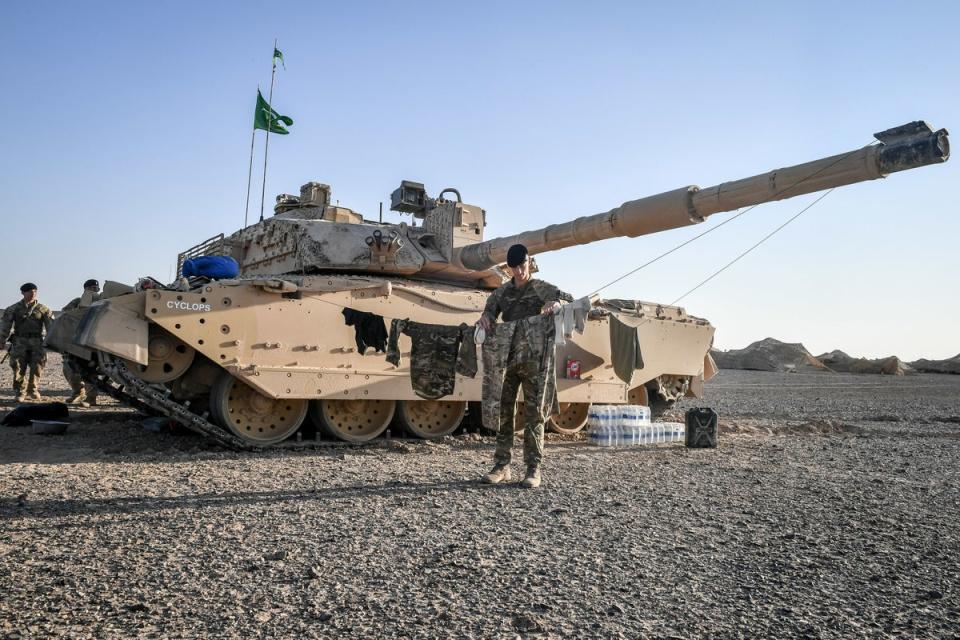
The Conservatives, and now Labour, have promised to reach a higher defence spend of 2.5 per cent of GDP by the year 2030.
But several military experts worry that this is not enough, arguing that 3 per cent of GDP – a 0.7 per cent increase of some £16.4bn a year — is necessary to replenish stockpiles and prepare the UK for a possible allied conflict against aggressors such as Russia.
“With the impact of Ukraine and the general tightening of government spending, we’re in a catch-up situation. I think spending has to go up to 3 per cent or more, to actually give you the increase in capability needed to meet the increasing threat that we have at the moment,” said Mr Young.
He believes that matching the 2.5 per cent promise won’t represent any material improvements for UK defence.
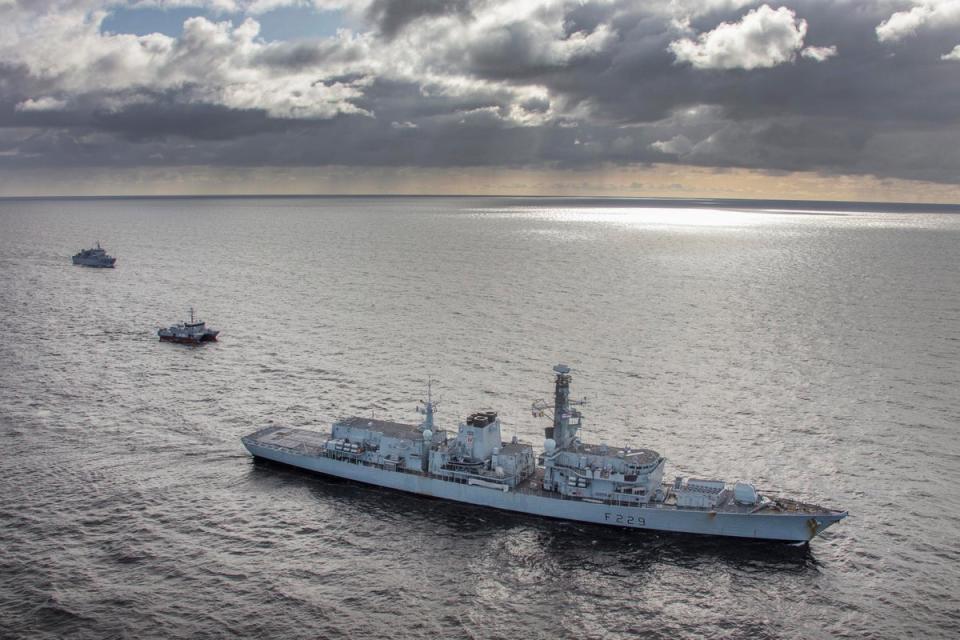
Instead, he estimates that this figure will be just enough to play catch-up with stockpiles and demand.
“We haven’t invested in stockpiling missiles and ammunition and things like that,” said Mr Young.
A spokesperson for the Ministry of Defence acknowledged that the armed forces have faced resource cuts in the past few years.
“We know we face serious challenges after years of hollowing out of our armed forces and our Strategic Defence Review will assess the threats we face and the capabilities needed to address them in order to secure our nation’s defences.”
The war in Ukraine has also hit the UK’s military budget and supplies, along with other Nato members.
The UK has pledged £7.6bn in military assistance to Ukraine since February 2022 and, like other allied countries, has even donated equipment directly from UK defence stockpiles – including tanks and missiles.
This means that equipment numbers could be even lower than shown in the official statistics, last updated in September 2023.
As a result, if Britain’s defence forces receive an influx in capital, it could take four or five years to replenish supplies of equipment and weaponry, suggests Mr Young.
“The new armed forces minister said we want to buy as much defence equipment from the UK as possible. Well, the UK doesn’t have that capacity any more.”
Lessons from Ukraine: the long haul
Britain and other Nato members need to be taking lessons from the war in Ukraine, to improve longevity capabilities in combat, says Rand’s Mr Black.
“The war in Ukraine has exposed that a lot of Western militaries have been assuming that any high-end war against someone like Russia would be very lethal, but would also probably be very quick. A kind of short, sharp, horrible flurry of violence. And then the situation would be resolved.”
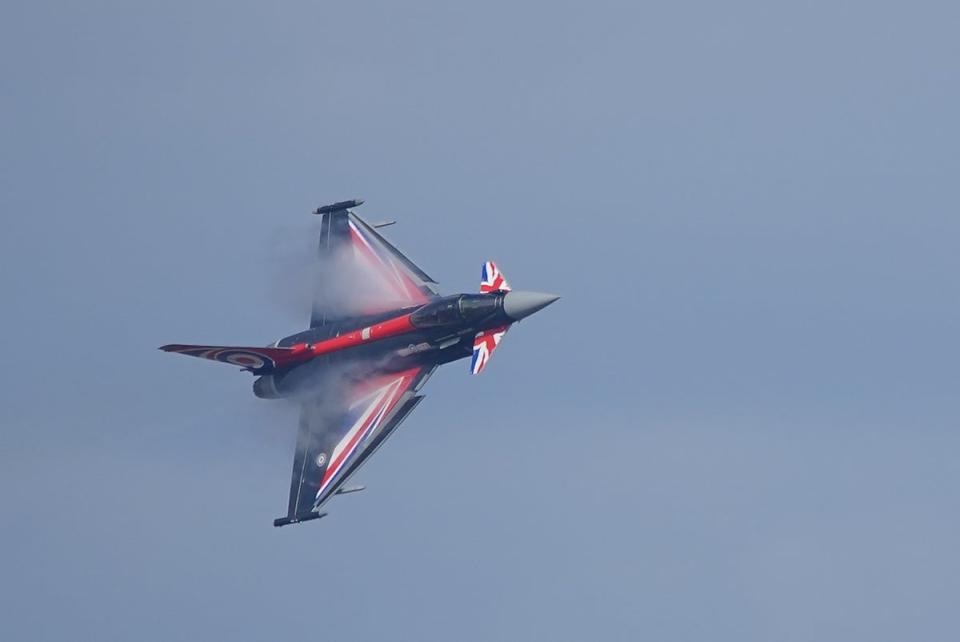
However, the ongoing war in Ukraine – now 26 months long – has shown that this assumption may be flawed.
And if Britain were to engage in a longer period of war, the armed forces are not prepared to last more than a few months, according to a defence committee report in February.
Former committee chair Sir Jeremy Quin told MPs that the military was “unable to devote sufficient training and resources to high-intensity warfighting”.
Mr Black warns that the existing focus on higher quality, complex machinery does not necessarily work for long combat, with challenges such as refuelling, rapid replacement and stockpiling.
“How do I replenish my stockpiles when I’ve fired all my missiles or dropped all my bombs? And that is partly a military question but also an industrial question. Do we have the industrial base to rebuild in the first place?”
The trouble with quality over quantity
Though the new Labour government has expressed a desire to harness home-based weapons manufacturing, the UK cannot meet demand.
The defence industry in the UK has been dwindling for years, explains Mr Young.
“The length of procurement timescales is a challenge. For destroyers and frigates, or submarines or fighter aircraft, you might have a gap of 10 or 15 years between orders.”
An unintended consequence of fewer, higher-quality war machines means that they are also far more complicated and lengthy to produce, presenting a challenge when production needs to be increased at short notice.
In addition, fewer personnel have the training and experience to use this more specialised equipment.
“Particularly for the navy and the RAF, where you’ve got very complex bits of equipment, it takes a long while to train people up to operate and maintain the equipment,” says Mr Young.
This is a new challenge compared to the high quantity of cheaper equipment produced in the Second World War, explains Rand’s Mr Black.
“In the Second World War, the aircraft were technologically sophisticated for the time, but they were literally made out of fabric and wood and metal.
“We could easily build thousands of them a week, churning them out, turning bicycle factories into Spitfire factories. And then, you could more easily train people to use [the equipment].”
Recruitment and retention
Britain’s armed forces also have a big recruitment problem, exacerbated by budget cuts.
Of the current armed forces personnel, 54,000 are untrained and some 129,760 are trained.
Training takes time, money and, most importantly, retaining personnel, says Mr Young.
In the current job market, army pay is no longer competitive – before even considering how many young people are willing to commit to the hours, lifestyle, and risk of military service.
But Mr Young warns that the biggest problem may be the loss of expertise, as higher trained officials are abandoning the military for private sector jobs.
In particular, the quality of accommodation and other resources for military families has been in decline, which he points to as a reason for older personnel with dependents leaving the military.
The UK cannot afford to lose these highly trained groups in the armed forces, says Mr Young, especially as equipment becomes more and more technically complex.
“We’ve got people leaving the armed forces because of the living and working conditions, so then you’re losing expertise and talent as well,” he says.
“So, switching on the tap today in terms of recruitment doesn’t give you an instant solution. It’s going to be another three or four or five years or more before you get the fully trained people that you need, and then you’ve got to retain them. They’ve now got skills which are attractive to civilian employees.”
New armed forces minister Luke Pollard has mentioned that addressing poor military accommodation is a priority, saying: “Let’s be absolutely clear. We’re not happy with the state of military accommodation, for defence personnel and their families and it is a priority for us to fix it.”

